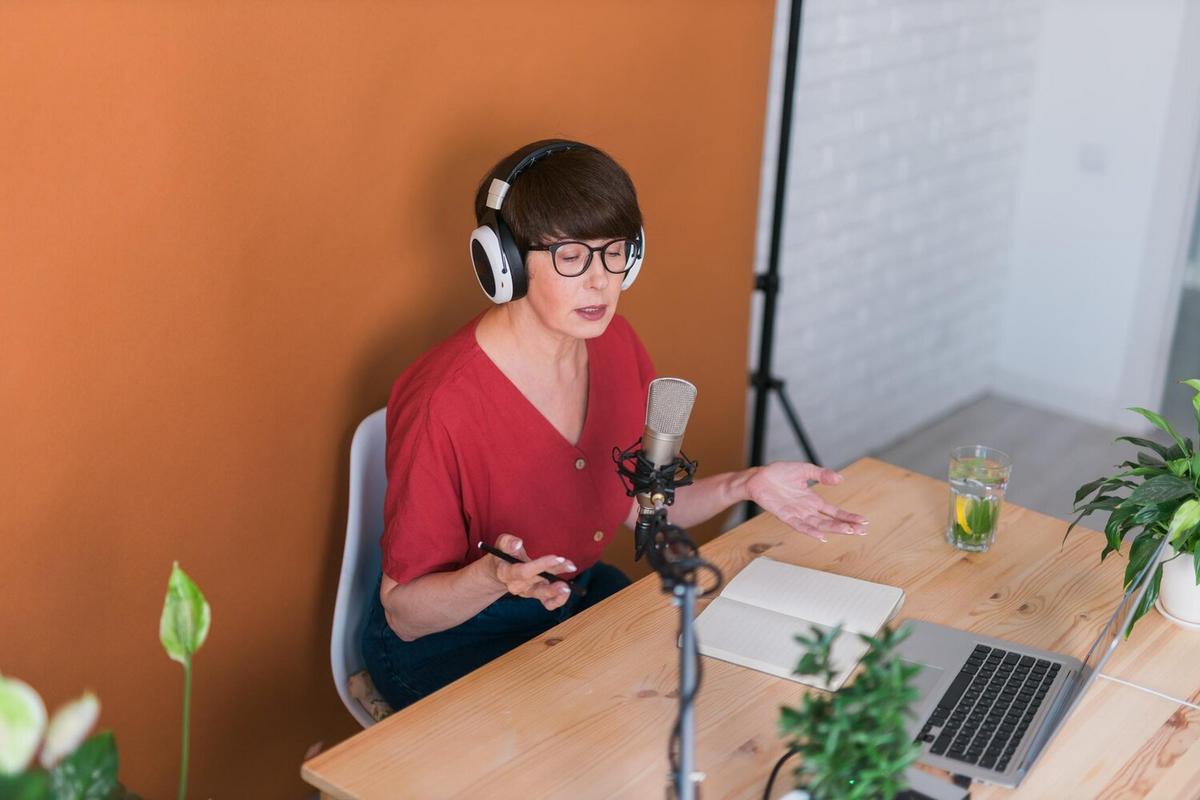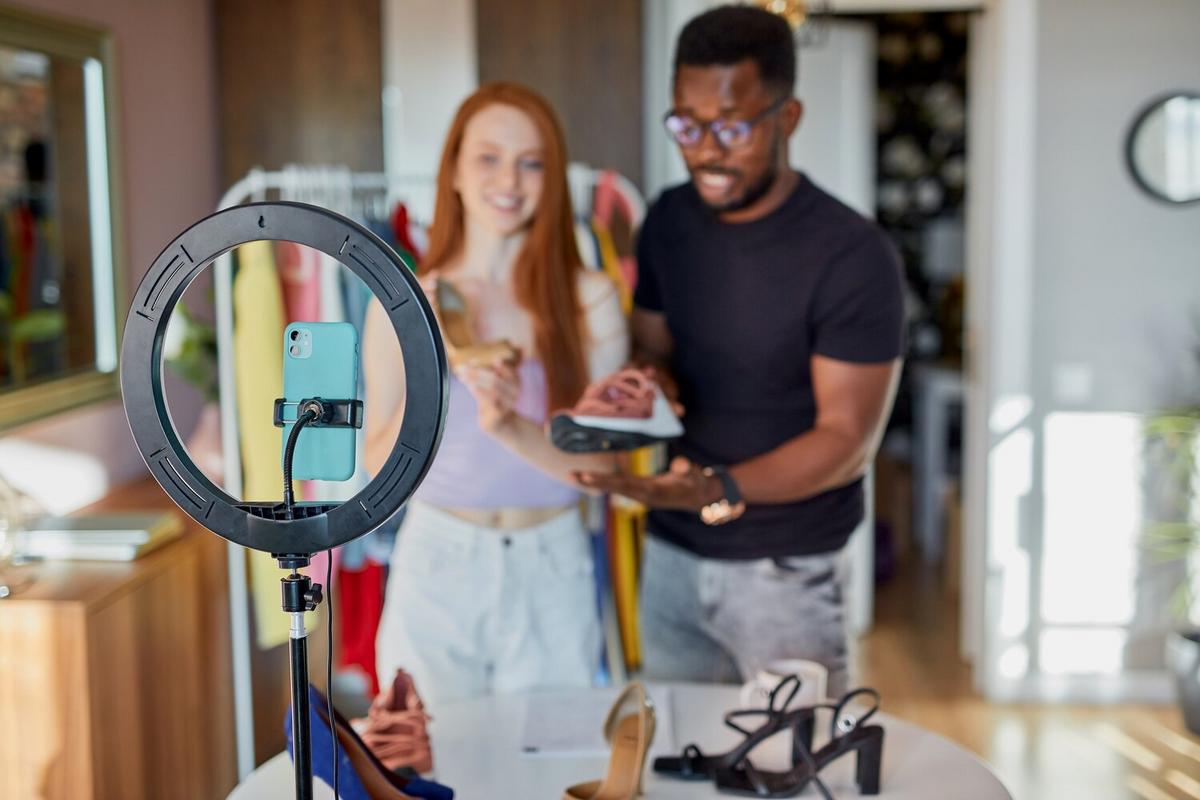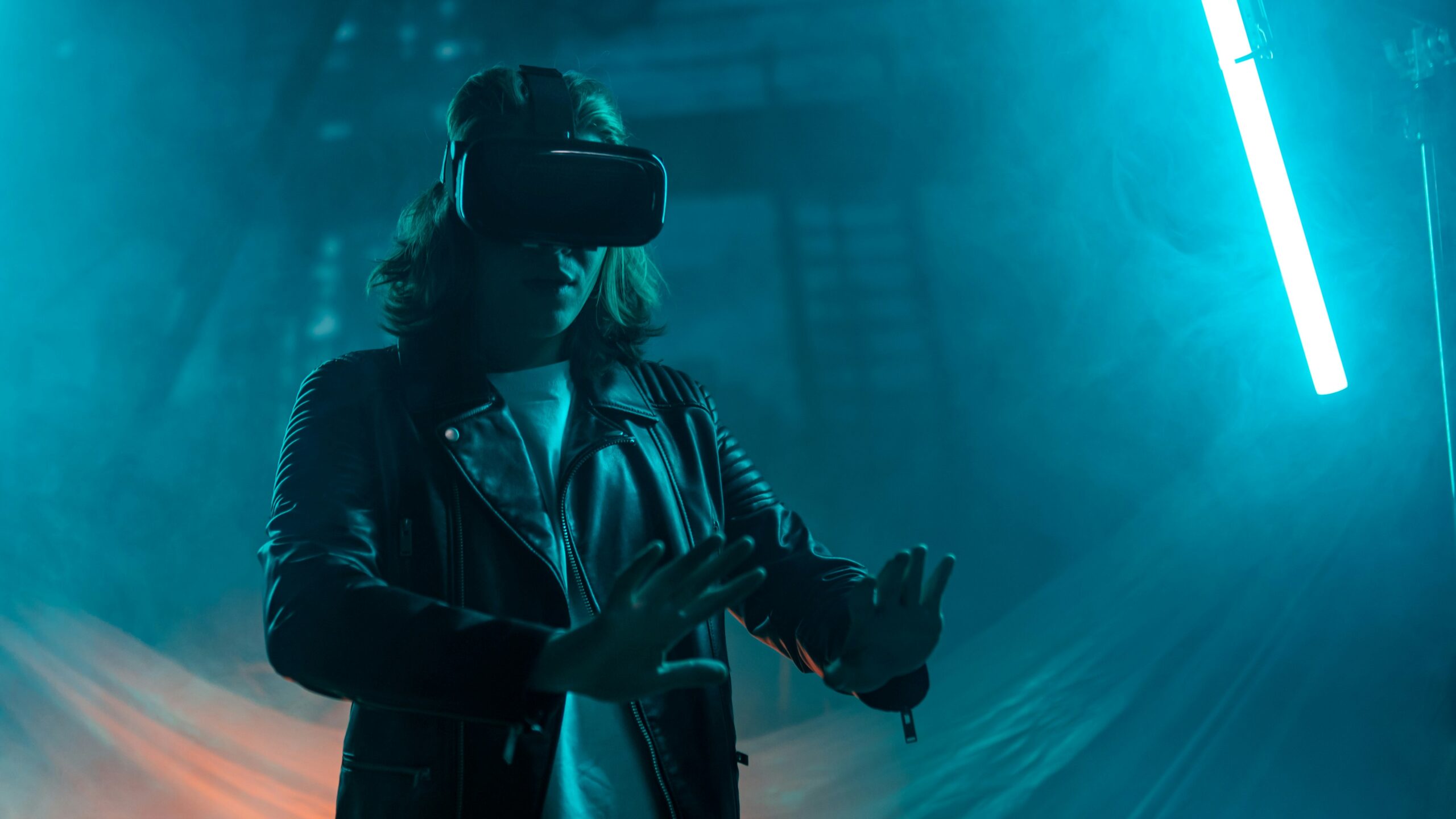Capturing high-quality audio is a crucial element in videography that can significantly enhance the viewer’s experience. While stunning visuals are essential, the clarity and quality of sound often make the difference between a good video and a great one.
Understanding the Importance of Quality Audio
Audio quality is often overlooked, yet it plays a pivotal role in engaging your audience. A study by the Audio Engineering Society found that viewers are more likely to stop watching a video if the audio quality is poor, even if the video quality is high. This underscores the importance of investing time and resources into capturing excellent sound.
Expert Insights
According to renowned audio engineer, Mark Kelleher, ‘Investing in a good microphone is one of the most effective ways to improve audio quality. Built-in camera microphones often pick up too much ambient noise, which can detract from the content.’ This advice highlights the significance of using the right equipment to achieve professional results.
Personal Experiences
From personal experience, using an external microphone dramatically improved the sound quality of my travel vlogs. I noticed that viewers appreciated the clearer audio, and engagement rates increased as a result. This personal anecdote illustrates the tangible benefits of prioritizing audio quality.
Actionable Tips for Recording High-Quality Audio
- Choose the Right Microphone: Consider using a shotgun or lapel microphone for directional sound capture.
- Minimize Background Noise: Record in a quiet environment and use windshields outdoors.
- Monitor Audio Levels: Use headphones to monitor audio levels during recording to ensure clarity.
- Utilize Audio Editing Software: Post-processing can help refine and enhance the audio quality.
Comparison of Microphone Types
| Microphone Type | Best Use | Advantages | Disadvantages |
|---|---|---|---|
| Shotgun | Outdoor filming | Directional, reduces ambient noise | Can be bulky |
| Lapel | Interviews | Discreet, hands-free | May pick up clothing noise |
| USB | Podcasting | Easy setup, digital interface | Limited mobility |
| Condenser | Studio recording | High sensitivity | Requires power source |
| Dynamic | Live performances | Durable, handles high sound pressure | Less sensitive to quiet sounds |
| Boundary | Conferences | Captures room sound | Susceptible to reverberation |
| Ribbon | Vintage sound recording | Warm sound | Fragile |
| Parabolic | Sports events | Long-distance sound capture | Directional limitations |
Frequently Asked Questions
How can I reduce echo in my recordings?
Using sound-absorbing materials like foam panels and recording in smaller, furnished rooms can help reduce echo.
Is it necessary to use headphones while recording audio?
Yes, headphones allow you to monitor the audio in real-time, helping you catch issues like background noise or distortion.
Conclusion
To sum up, recording high-quality audio requires the right equipment, attention to detail, and a bit of practice. By following the tips and insights shared in this article, you’ll be well on your way to enhancing the audio quality of your videos. Remember, great audio is just as important as great visuals, and your audience will appreciate the effort.




Leave a Reply